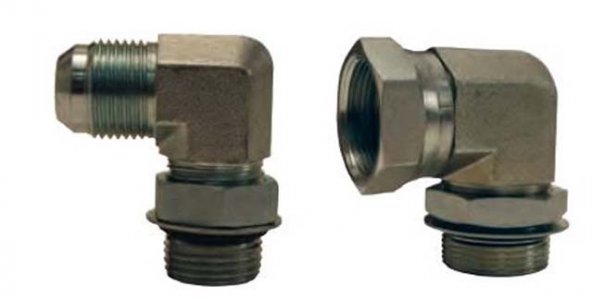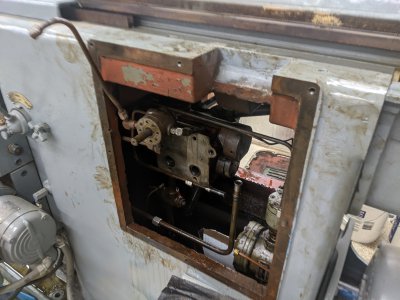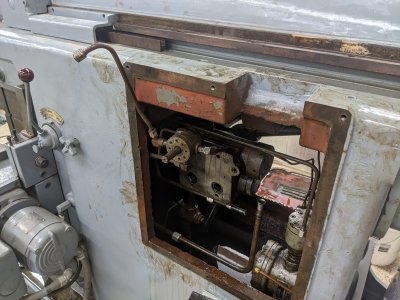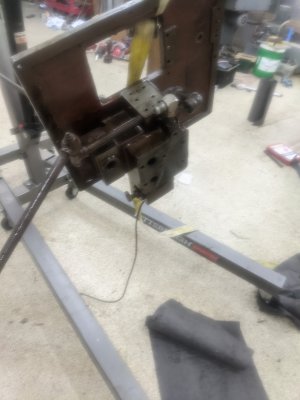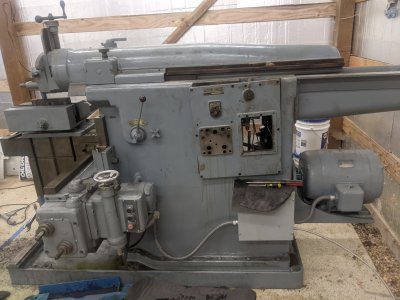- Joined
- Nov 26, 2017
- Messages
- 1,517
The time will vary depending on the product used. Refer to the directions. I must admit I am not up to date on current products.
Most people rate their systems pressure based on the pump output, which is greatly reduced by restrictions down stream. I have seen as much as 30% reduction in some systems. Calculating pressure drop is important and is effected by every fitting, 90, value, orfice, spool and the length of pipe or hose.
The hardest design work I had to do was to redesign systems that did not perform. Generally it was due to not taking into consideration the entire systems affect on flow and pressure and what was required, Flow or Pressure. Customers use to get very upset when I told them that the hydraulic system had to be totally reworked to get the performance. Too often this ended in a compromise between what they wanted and what they were willing to pay for.
Most people rate their systems pressure based on the pump output, which is greatly reduced by restrictions down stream. I have seen as much as 30% reduction in some systems. Calculating pressure drop is important and is effected by every fitting, 90, value, orfice, spool and the length of pipe or hose.
The hardest design work I had to do was to redesign systems that did not perform. Generally it was due to not taking into consideration the entire systems affect on flow and pressure and what was required, Flow or Pressure. Customers use to get very upset when I told them that the hydraulic system had to be totally reworked to get the performance. Too often this ended in a compromise between what they wanted and what they were willing to pay for.


